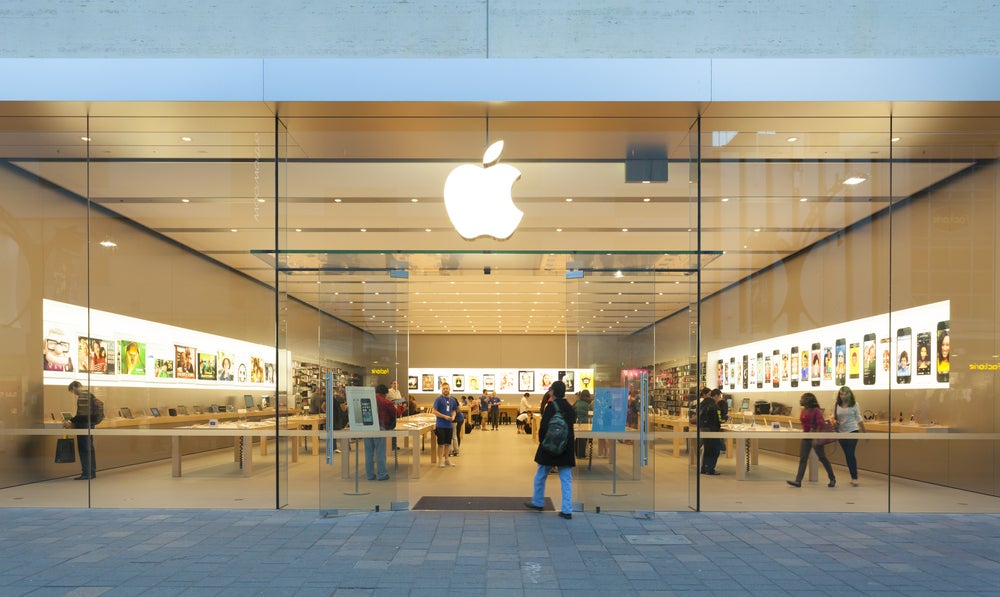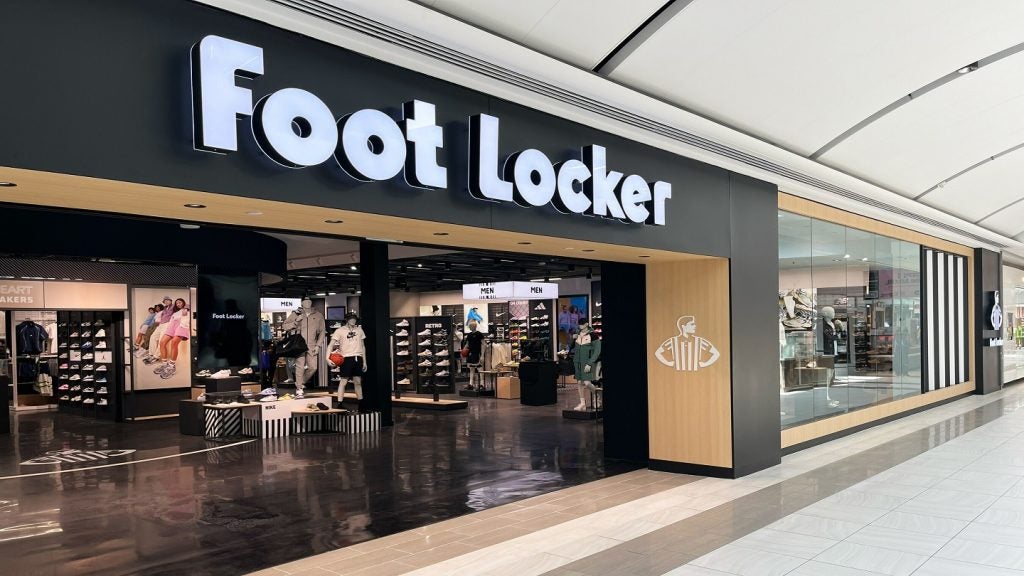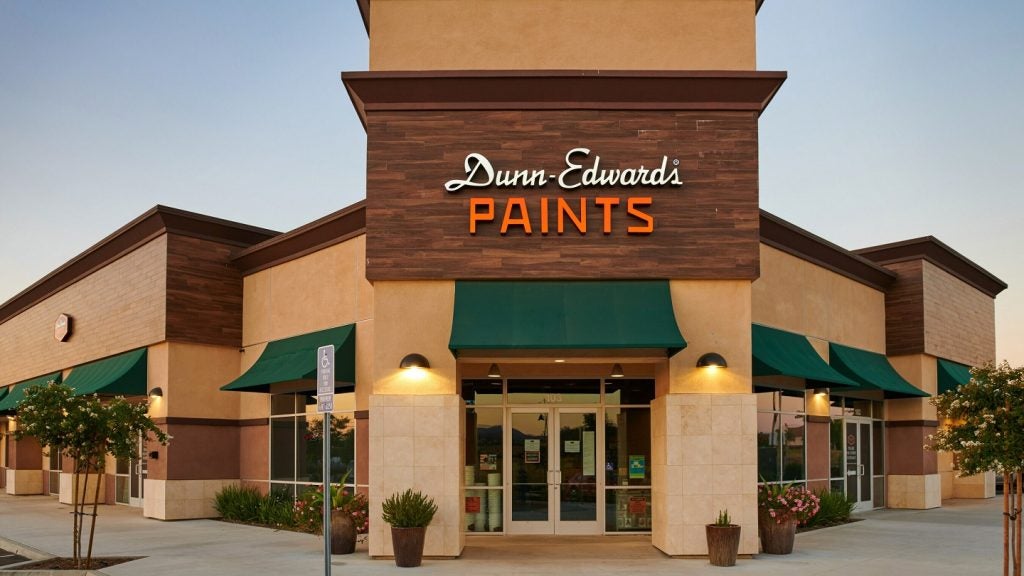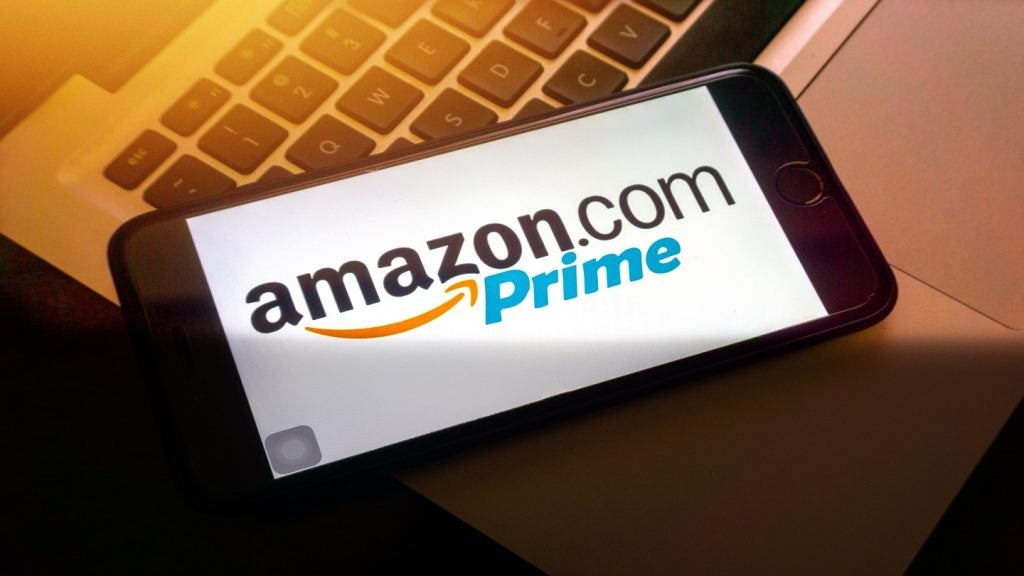
The New York Times has reported that Amazon is considering opening physical stores for its furniture offer. This step is essential if Amazon wants to become more prominent in this sector.
While Amazon’s growth has been phenomenal, it is only a marginal player in the UK furniture market. While many new entrants to the furniture market began life online, they have all opened at least one showroom to allow customers to experience products in person.
While customers are becoming more comfortable about buying furniture online, stores remain a key part of the buying journey. As the furniture buying process becomes increasingly multichannel, Amazon’s share gains will be stunted without stores.
Following the launch of Amazon’s cashier-free grocery offer, Amazon Go, and the opening of its fifth physical book store in Chicago, the next sector that Amazon is considering opening physical stores for is furniture, and it has already launched a credit offer on purchases over £400 to encourage big-ticket purchases.
Amazon online range is overwhelming for consumers
The two main benefits of Amazon opening physical stores are overcoming the lack of tangibility and increasing awareness of its furniture offer. By including more design-led pieces in these outlets, Amazon can change brand perceptions and encourage customers to use Amazon as more of a point of inspiration rather than an end point after conducting research elsewhere.
See Also:
Stores would also force Amazon to curate its vast online furniture offer. As of March 2017, the pureplay sold over 6,500 products listed under sofas and couches, more than 27,000 mattress SKUs and nearly 10,000 coffee tables. While range remains important to customers, a more curated offer is becoming more important to customers.
How well do you really know your competitors?
Access the most comprehensive Company Profiles on the market, powered by GlobalData. Save hours of research. Gain competitive edge.

Thank you!
Your download email will arrive shortly
Not ready to buy yet? Download a free sample
We are confident about the unique quality of our Company Profiles. However, we want you to make the most beneficial decision for your business, so we offer a free sample that you can download by submitting the below form
By GlobalDataFindings from GlobalData’s Home Retail Series Living Room Furniture report show that the number of shoppers buying from a retailer due to its wider range fell by 7.2% between 2014 and 2016. For bedroom furniture, 17.1% of shoppers in 2016 said they bought from a retailer as it curated its offer well, up 6.4% on 2015. While the use of filters will help narrow down this range, the prospect of going through such a vast range discourages many from considering Amazon. Being forced to curate in stores will force Amazon to bring its best pieces forward.
Offering augmented or virtual reality instore will drive footfall but not help conversion
Visual merchandising will be a key consideration for Amazon to establish brand perceptions for its relatively unknown offer. It is reportedly aiming to achieve this with the use of augmented and virtual reality, enabling customers to visualise the product in their own home. While this will help drive footfall into store, it remains to be seen how much this will convince customers to buy from Amazon. While DFS, IKEA and Bathstore have launched augmented reality, the lack of take up elsewhere indicates that its impact is marginal.
Sofa.com demonstrates how to succeed in the physical space
If Amazon were to look for a case study on how to make its physical offer work, it should look towards Sofa.com. It currently operates seven stores which have done an excellent job of building brand awareness, with 73% of sales over the 12 weeks to 9 January 2017 coming from new customers, which contributed to a sales increase of 28% over the same period.








Related Company Profiles
The New York Times Co
IKEA A/S
DFS, Inc.
Sofa.com Ltd
Amazon.com Inc